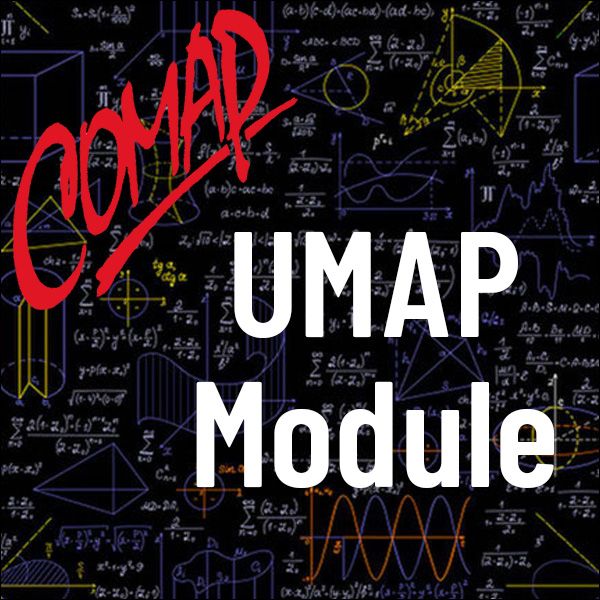Small Mammal Dispersion (UMAP)
Author: Ray Huffaker, Kevin Cooper, Thomas Lofaro
This module introdcues students to the social fence hypothesis explaining small mammal migration between adjacent land areas. Students are shown how the hypothesis is formulated in the population ecology literature as a pair of autonomous differential equations, and then they are directed toward a modified version of the standard formulation leading to increased realism. The modified version is solved qualitatively with phase diagrams for a range of ecological circumstances. Students also gain experience working with the numerical phase-plane plotter Dynasys, which can be downloaded from the World Wide Web. The social fence hypothesis is presented within the real-world context of controlling beaver-related damage in a given area by trapping.
Table of Contents:
INTRODUCTION
MATHEMATICAL FORMULATION OF THE SOCIAL FENCE HYPOTHESIS
THE SOCIAL FENCE FORMULATION WITH TRAPPING
DIMENSIONS RATE EQUATIONS
ZERO-TRAPPING DYNAMICS
POSITIVE TRAPPING DYNAMICS
DISCUSSION
SOLUTIONS TO THE EXERCISES
REFERENCES
ABOUT THE AUTHORS

Mathematics Topics:
Application Areas:
Prerequisites:
You must have a Full Membership to download this resource.
If you're already a member, login here.